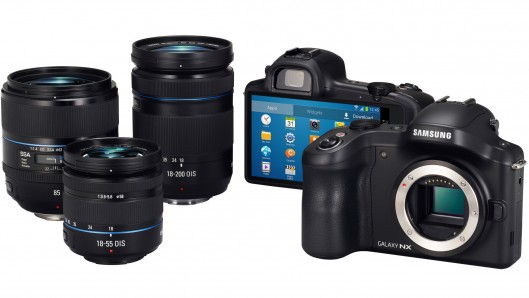
The Kreyos Meteor promises hands-free control over your iOS, Android, or Windows Phone handset while it remains in your pocket. The Meteor features a microphone and speaker, which, once you pair your smartphone with your smartwatch via Bluetooth, allows you to interact with the former using the latter. Everything you can currently do with your phone's voice command system you'll be able to do through your smartwatch. This includes making and answering calls, replying to text messages, composing emails, posting to social networks, changing the music that's playing, and setting up alarms and appointments.
If voice controls aren't your bag then the Kreyos Meteor smartwatch also offers gesture controls built into the operating system. With a three-axis gyroscope fitted into the watch, you'll be able to customize your Meteor to respond in different ways to different gestures. Possibilities include answering your phone with an upwards flick of your wrist, or skipping a music track with a flick to the right. Four directional gestures come preconfigured – left, right, up, and down – with additional gestures promised for future platform updates.
Kreyos claims the Meteor is the only smartwatch to feature voice and gesture controls, and that boast does appear to hold true at the time of writing. The Smile smartwatch from Emopulse also promises voice recognition, but it's a different breed from the Kreyos Meteor, working on its own without the need to be paired with a smartphone. And there isn't a hint of gesture controls.
Some big-name tech manufacturers are either announcing smartwatches (Samsung) or rumored to be working on them (Apple), so this may not be a unique selling point for much longer. For the time being, however, the Kreyos Meteor has this advantage over the growing competition. And with it the opportunity to cite Star Trek in its promotional material.
The Kreyos Meteor smartwatch can be worn on your wrist with a strap, on your belt with a clip, or around your neck with a lanyard. All of which come in a range of colors including simple black or white and eye-popping pink or lime. Further customization determined by personal taste is possible thanks to the 20 different watch face designs offered, with more promised in the future. These can be switched between at will.

The price for Indiegogo backers started at US$95 for one Kreyos Meteor smartwatch, with the retail price set at $169. Having passed its funding goal, the Kreyos Meteor smartwatch is expected to be delivered to backers in November 2013. The campaign ends on Aug 8, 2013, with perks ranging in value from $29 (for two accessories) to $11,000 (for 100 watches and wristbands to go with them).
The money raised by the Indiegogo campaign will be used to finish developing the software and to begin mass production. The pitch video below introduces the Meteor, explaining some of its noteworthy features and explaining how they could be used in real-world situations.
Source: Indiegogo





































